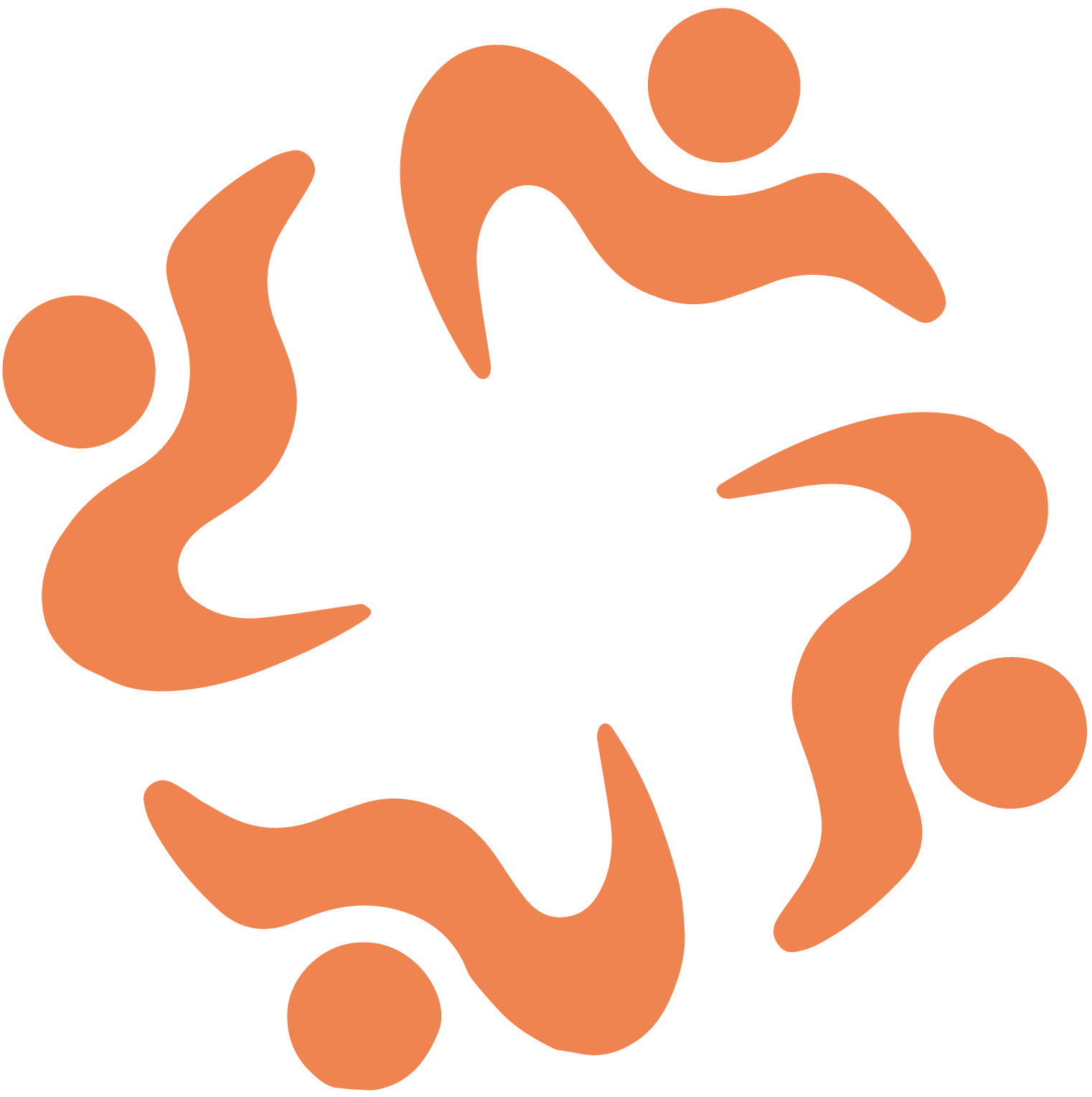
about us
Our foundation studies how society functions and explores what makes a built environment conducive to better living. We focus on identifying the factors that create spaces where people enjoy living, meeting, and interacting. Through this research, we aim to uncover the key elements in urban design, architecture, and community planning that foster more enjoyable, functional, and connected environments. By enhancing these aspects, our goal is to improve quality of life and strengthen social interactions within communities.

about us
Our foundation studies how society functions and explores what makes a built environment conducive to better living. We focus on identifying the factors that create spaces where people enjoy living, meeting, and interacting. Through this research, we aim to uncover the key elements in urban design, architecture, and community planning that foster more enjoyable, functional, and connected environments. By enhancing these aspects, our goal is to improve quality of life and strengthen social interactions within communities.

our mission
This international foundation was established by Lyongo Juliana, director of the architectural firm lyongo architecture. Our goal is to create space for the exploration of the anthropological and sociological aspects of architecture and urban planning. There is often little scientific information available about this side of design, especially when it comes to super-diverse cities in Europe and formerly colonized regions.
What defines a place? For us, it is the people who characterize a place. Our foundation conducts social and cultural-historical research into life in a specific area in relation to urban planning and architecture. We collect data on human behavior to understand how a society functions and what is needed from the built environment to create a better living space.
In our research, we provide scientific support for why certain transformations are made or why spatial choices can be made by designers before a project begins. Often, there is no (financial) space for this type of research within the regular design process, yet it contributes to a built environment where people feel at home, giving them a sense of belonging. This, in turn, contributes to overall human well-being.
We also investigate the outcomes after a building or neighborhood has been completed. What changes occur in a neighborhood when a new building or housing typology is introduced? Do new residential areas contribute to higher living satisfaction? What spatial components work well and which do not? Municipalities, developers, and other organizations can engage us to research these issues.
The results of our studies are publicly shared and available to everyone. In this way, we hope to support better architecture worldwide.
Additionally, we are committed to documenting modern architecture and urban planning in former colonies. Like making the documentary Kombiná: Lyongo’s search of contemporary Caribbean architecture.”

our mission
This international foundation was established by Lyongo Juliana, director of the architectural firm lyongo architecture. Our goal is to create space for the exploration of the anthropological and sociological aspects of architecture and urban planning. There is often little scientific information available about this side of design, especially when it comes to super-diverse cities in Europe and formerly colonized regions.
What defines a place? For us, it is the people who characterize a place. Our foundation conducts social and cultural-historical research into life in a specific area in relation to urban planning and architecture. We collect data on human behavior to understand how a society functions and what is needed from the built environment to create a better living space.
In our research, we provide scientific support for why certain transformations are made or why spatial choices can be made by designers before a project begins. Often, there is no (financial) space for this type of research within the regular design process, yet it contributes to a built environment where people feel at home, giving them a sense of belonging. This, in turn, contributes to overall human well-being.
We also investigate the outcomes after a building or neighborhood has been completed. What changes occur in a neighborhood when a new building or housing typology is introduced? Do new residential areas contribute to higher living satisfaction? What spatial components work well and which do not? Municipalities, developers, and other organizations can engage us to research these issues.
The results of our studies are publicly shared and available to everyone. In this way, we hope to support better architecture worldwide.
Additionally, we are committed to documenting modern architecture and urban planning in former colonies. Like making the documentary Kombiná: Lyongo’s search of contemporary Caribbean architecture.”





